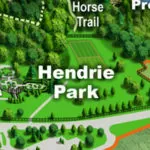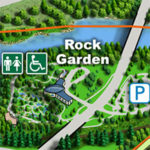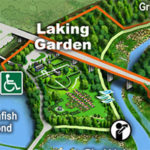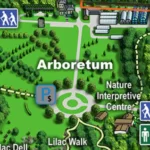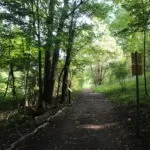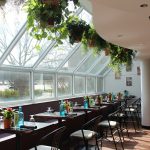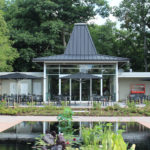| Membership | Price (+HST) |
|---|---|
| Single | $85/year |
| Single Plus | $120/year |
| Family | $130/year |
| Family Plus | $175/year |
| Contributing | $300/year |
| Supporting | $600/year |
| Sustaining | $1,000/year |
| Benefactor's Circle | $2,500/year |
| Director's Circle | $5,000/year |
| President's Circle | $10,000/year |
RBG’s New Healing Garden Evokes the First Botanical Gardens
By Dr. David Galbraith, Head of Science, Royal Botanical Gardens.
Visiting Royal Botanical Gardens’ Healing Garden in Hendrie Park is a great way to encounter plants used for centuries around the world as medicines as well as some used now in new therapies for COVID-19 and other diseases.
It’s also a trip back in time to the earliest botanical gardens. Gardens used to grow medicinal plants have a long history in European tradition. Many early gardens for culinary or other purposes included sections for medicinal plants. For example, in 1447 part of the Vatican gardens was set aside for growing medicines. Medieval gardens for medicinal plants were called physic gardens and were often developed by physicians themselves.
The very first botanical gardens were similar. In 1544 the first garden dedicated specifically to teaching and research received the name “botanical garden” (orto botanico in Italian) That year physician and botanist Luca Ghini founded Orto botanico di Pisa at the University of Pisa. Ghini also inventing the practice of drying plants so that they could be studied year-round, the birth of the herbarium (or hortus siccus: dried plants). Orto botanico di Pisa was moved twice in subsequent years, in 1563 and in 1591 to its present location.
In 1545 Padua University followed Pisa’s lead with Orto botanico di Padova, still on its original site today. This was designated a UNESCO World Heritage Site in 1997. Luigi Squalermo, the first curator or “guardian,” cultivated about 1,800 species of plants there. Plant medicines that came directly from nature were called “simples,” this and related gardens were also called horti simplicum. These gardens provided plants for medicines and study, and their botanists identified and documented which plants were helpful and which were not. This was no small task. Thousands of plants were used as medicines in medieval Europe, and some were being used fraudulently.
Awareness of the usefulness of botanical gardens and the knowledge they generated gradually spread. By 1600 universities in Florence (1545), Leipzig and Jena in Germany (1580 and 1586 respectively), Leiden in the Netherlands (1590), Montpellier, France (1593), and Copenhagen, Denmark (1600) had their own. The first botanical garden in England was built at Oxford University in 1621. The second, London’s Chelsea Physic Garden, was created in 1673 by the Worshipful Society of Apothecaries (Royal Botanical Gardens’ third director, Allen Paterson, was Director of Chelsea Physic Garden before joining RBG in 1982).
It took a while for botanical gardens to spread elsewhere, usually in the context of colonization. In the early 1600s there were early French gardens in what would become Canada. By 1750 a substantial garden existed at the Intendant‘s Palace in Québec City, where physician-scientist Jean-François Gaultier studied local plants. The first botanical garden for the study of plants in the Canadas was the King’s Botanical Garden for North American Plants, a short-lived garden in Montreal. Set up in 1882 as an ambitious personal project by George Ramsay, Governor General of British North America and 9th Early of Dalhousie, and his botanist wife, Christian Broun Ramsay, 9th Countess of Dalhousie. The garden was abandoned by 1828 when they returned to England (RBG also has a tie to this early project. Our herbarium houses 300 specimens collected in 1826 by the Countess near Sorel, Québec).
The Healing Garden’s plants are not used for medicines, but its main purpose echoes all those physic, simple, and early botanical gardens of centuries past. While there are other medicinal plant gardens, our Healing Garden uniquely presents a broad cultural view of medicinal plant traditions and brings them into the present day, with examples of plants used in molecular approaches to developing medicines. It’s a place to encounter living plants that have helped cure ills and are being used as medicines around the world, see these plants in the context of many different medicinal practices, and touch on the origins of the world’s botanical gardens themselves.
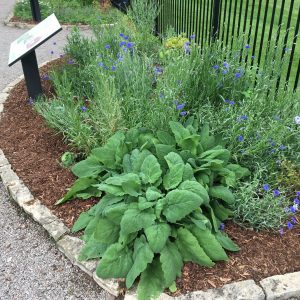
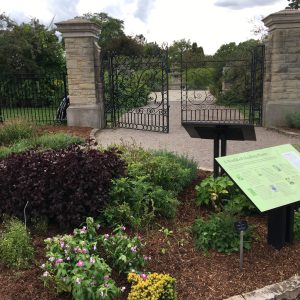
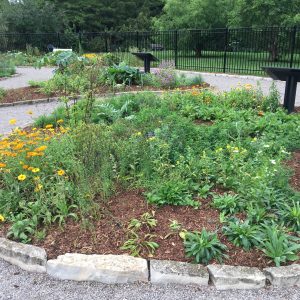
More from the RBG Blog
Check out RBG’s blog for announcements, articles, and more from Canada’s largest botanical garden.
Want to be sure you hear first? Sign up for our weekly e-newsletter to hear about upcoming events, weekend activities, articles, and more!

